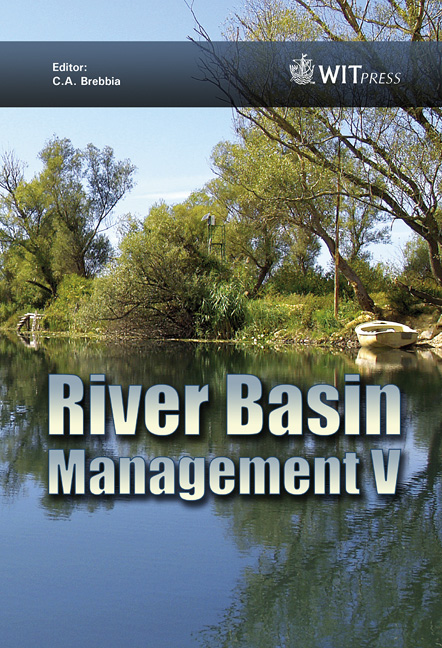Design Of Stream Barbs For Field Scale Application At Sawmill Creek, Ottawa
Price
Free (open access)
Transaction
Volume
124
Pages
12
Page Range
281 - 292
Published
2009
Size
1,376 kb
Paper DOI
10.2495/RM090261
Copyright
WIT Press
Author(s)
E. C. Jamieson, C. D. Rennie & R. D. Townsend
Abstract
A three-dimensional numerical model Simulation in Intakes with Multiblock option (SSIIM) was used to model the effects of placing a series of barbs along an unstable section of Sawmill Creek, a small urban stream in the city of Ottawa, Canada. Stream barbs (a type of submerged groyne) are low-profile linear rock structures that prevent the erosion of stream banks by redirecting high velocity flow away from the bank. As they can be built at a relatively low cost and also provide significant ecological benefit, these structures are an important and relatively new method of stream bank protection. The numerical model was used to assess various design alternatives for a series of seven stream barbs at two consecutive channel bends requiring stabilization measures along their outer banks. Design criteria were principally based on the goals of reducing local velocities, shear stress and subsequent erosion at the outside bank of each bend, and on moving the thalweg away from the (existing) outside bank regions towards the centre of the channel. This paper reports on (i) the unique site conditions and environmental protection requirements, (ii) the results of the numerical simulation, and (iii) the design methodology. Keywords: barb, submerged groyne, channel bend, field study, numerical model.
Keywords
barb, submerged groyne, channel bend, field study, numerical model





